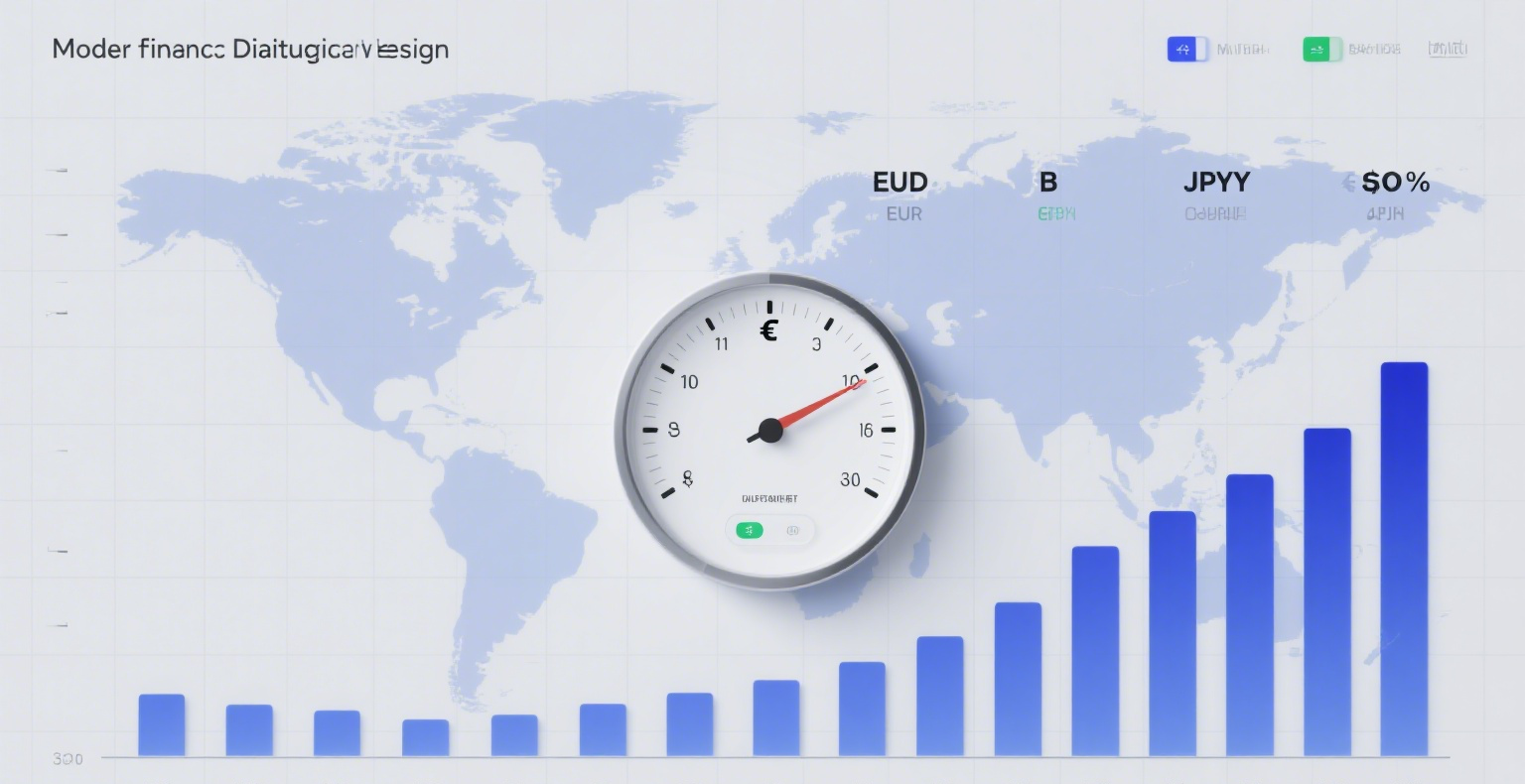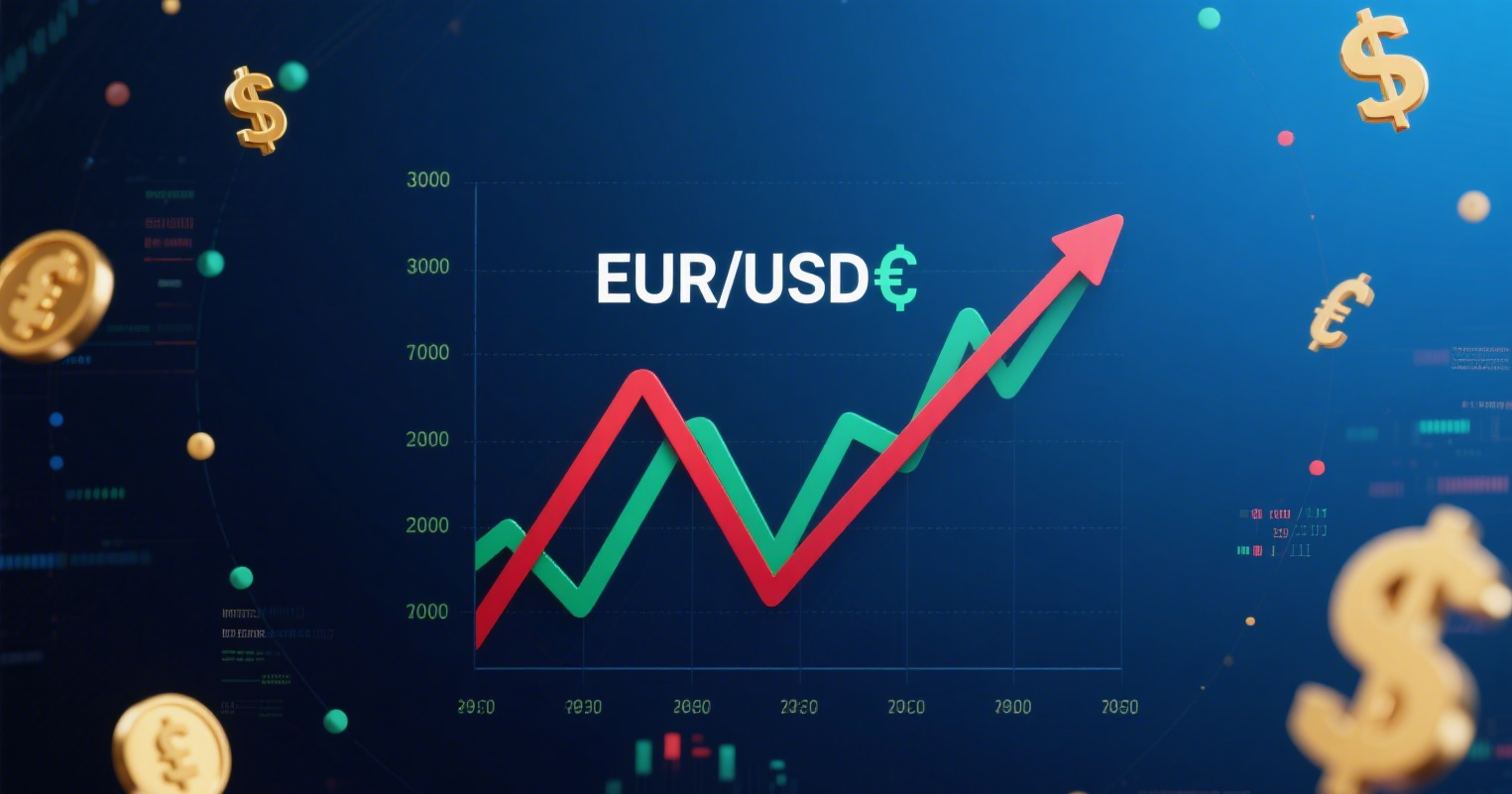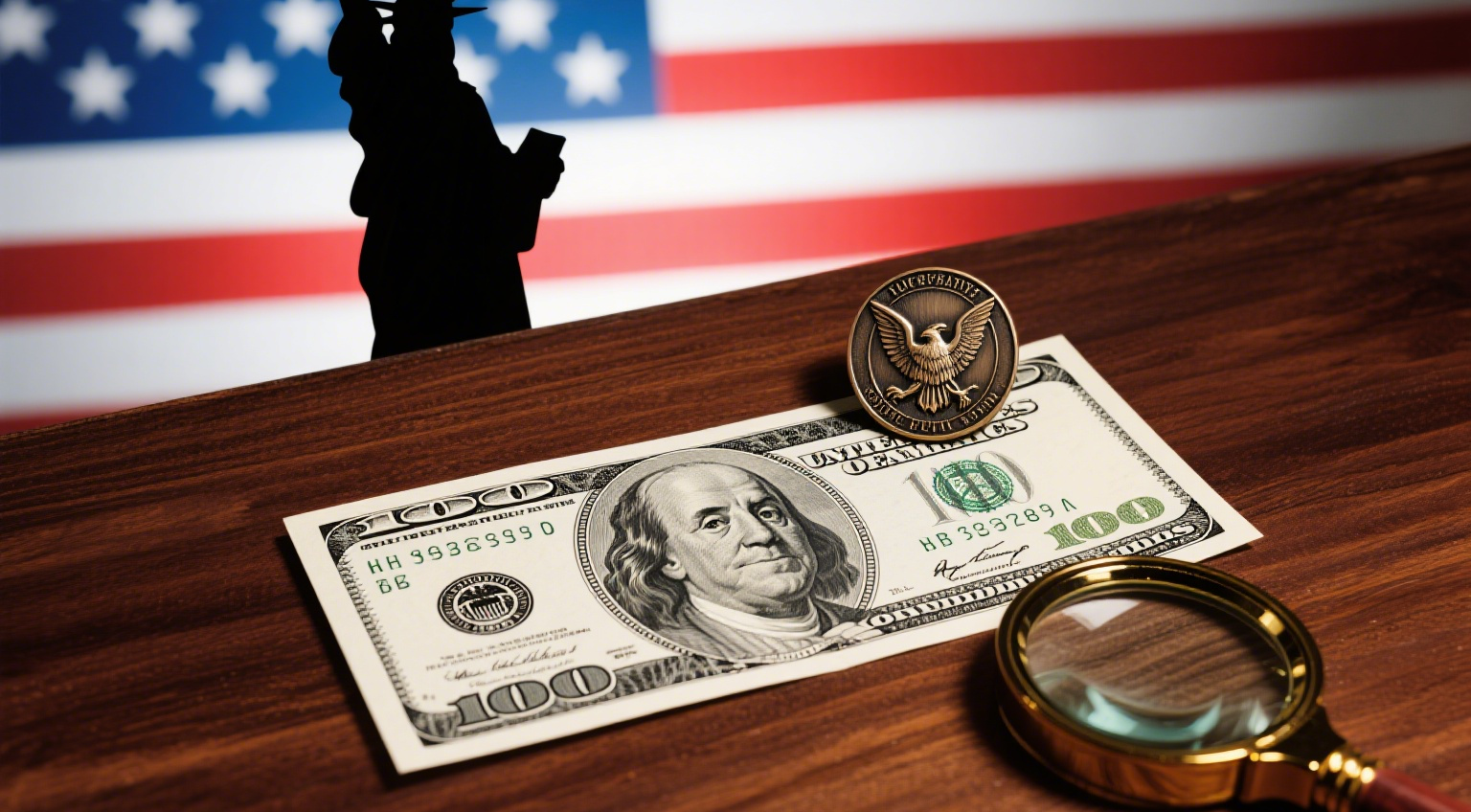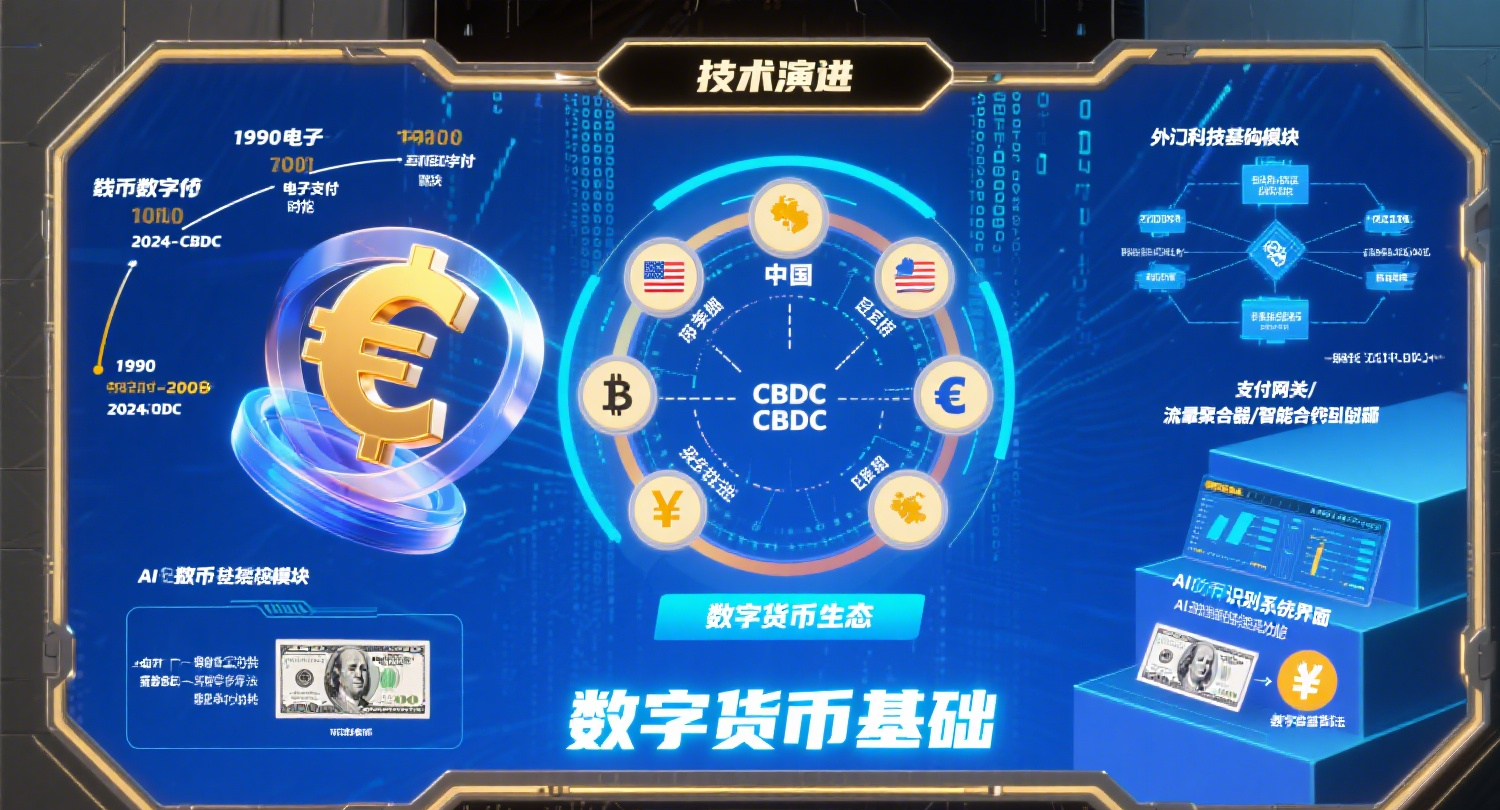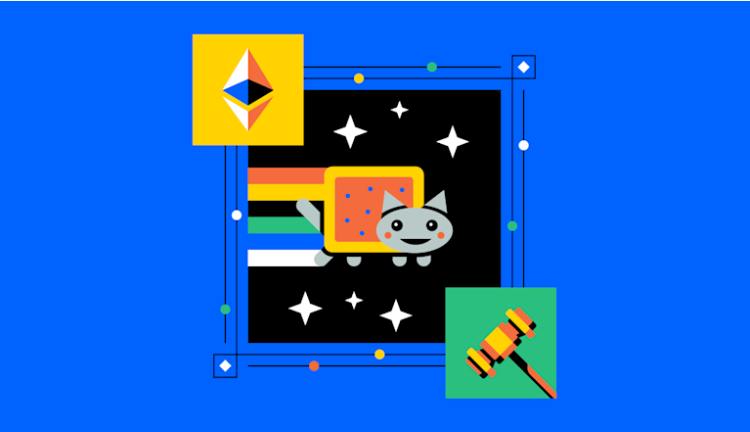
Fractional NFTs enable shared ownership of a single, unique NFT, making it more accessible to a broader audience.
This process aims to enhance the liquidity of the NFT market and facilitate better price discovery.
While fractional NFTs offer numerous advantages, potential participants should be mindful of associated risks and considerations, including regulatory aspects and potential conflicts among fractional owners.
What Are Fractional NFTs?
Fractional NFTs allow a single, unique NFT to be divided into multiple interchangeable units. These units, or fractions, are represented by ERC-20 tokens, each denoting a stake in the original NFT.
This process, known as fractionalization, is enabled by smart contracts and essentially provides holders with a digital "IOU," certifying their ownership of a specific percentage of the original NFT.
Fractional NFTs can be traded on various marketplaces, offering users a new investment avenue.
How Does Fractionalization Enhance NFT Accessibility?
Fractionalization overcomes the inherent indivisibility of NFTs by creating multiple fungible tokens that represent shares in the original, indivisible NFT.
This process seeks to broaden access to NFT ownership, allowing individuals to own a portion of an NFT they might not afford in full.
Whether an NFT is divided into 100 or 10,000 units, anyone can own a fraction. This democratizes NFT ownership, fostering a more inclusive digital art ecosystem.
How Does Fractionalization Boost Liquidity?
Fractional NFTs increase the number of units available for a single NFT, thereby raising trading frequency and aiming to improve market liquidity. While this liquidity can aid in price discovery, the token value may diverge from the NFT's intrinsic value—due to the difficulty of reconverting tokens back into the original NFT.
What Are the Risks and Considerations of Participating in Fractional NFTs?
Despite their potential to democratize ownership and enhance NFT market liquidity, fractional NFTs come with risks and considerations.
A major concern is regulation. The SEC has not explicitly classified NFT sales as securities but has indicated that certain digital assets, including some NFTs, could qualify as securities under specific conditions. Such regulations and compliance requirements may impact fractional NFT trading and ownership.
Another risk involves potential conflicts among fractional owners. For example, if one owner seeks to reclaim the original NFT, they may face opposition from others, creating governance and decision-making challenges.
How Are Fractional NFTs Impacting Various Industries?
Fractional NFTs are being adopted across industries like art, real estate, the metaverse, and gaming.
In art, they enable collective ownership of high-value assets like real estate or artworks, which traditionally have high entry barriers.
In the metaverse and gaming, fractional NFTs distribute costs and ownership of virtual items, making them accessible to more players.








